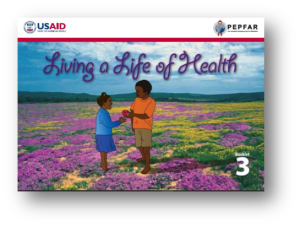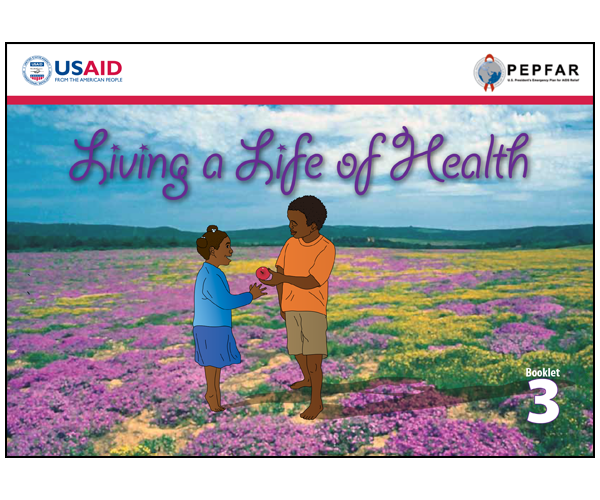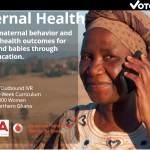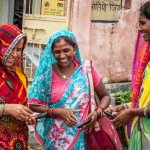Young and HIV Positive: Health Communication for Youth, their Parents, and their Caregivers

“Living a Life of Health” – part of a set of booklets funded by USAID & PEPFAR for youth with HIV and their parents.
The teenage years are tough for any 10-19 year old. Being diagnosed HIV positive adds another layer of uncertainty and anxiety. The stigma associated with an HIV positive diagnosis further threatens a young person’s health and well-being. In communities where isolation and mistreatment is evident, many are forced to live in the shadows out of fear and shame. As outlined in the 2015 PEFPAR Technical Considerations, adolescents living with HIV (ALHIV) need assistance to address stigma (both internal and external) and ongoing support for treatment adherence and retention.
AIDS is now the leading cause of death among adolescents (aged 10–19) in Africa and the second most common cause of death among adolescents globally. There were 250,000 new HIV infections among adolescents in 2013, two thirds of which were among adolescent girls.
Not only are the numbers striking, but data reveals that children under age 15 living with HIV are less likely to receive treatment than adults – less than one in four accessed antiretroviral therapy (ART) in 2013. And for those who do receive treatment, many health care providers are not trained in moving them from child-appropriate treatment to adult-appropriate treatment as they get older.
Another challenge relates to parent/guardian-child communication and how parents tell their child they are HIV positive—if they tell them at all. How do they explain the treatment process? How can they help their child deal with the burden of stigma? A series of pamphlets funded by USAID and PEPFAR, Living a Life of Health, deals with this particular issue.
For adolescents who know their status and who are able to access treatment, there are challenges with disclosure of their status, discrimination and finding support to remain in treatment.
The Health COMpass presents a selection of tools and resources to address all of these challenges in the latest Trending Topic: Reaching Youth Living with HIV.








Leave a Reply
Want to join the discussion?Feel free to contribute!